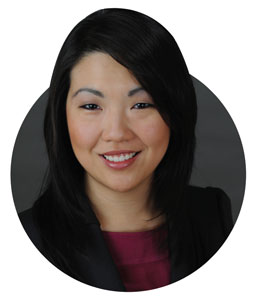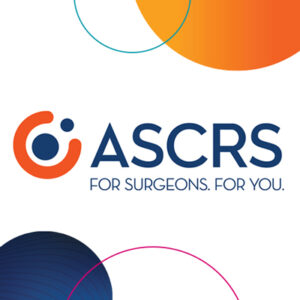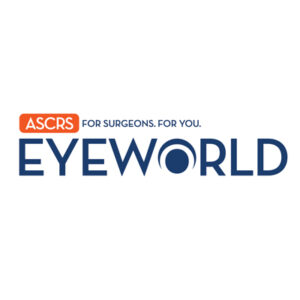Cornea
June 2022
by Clara Chan, MD
Cornea Editor

One of the things I love about ophthalmology is the non-stop pipeline of new technologies, therapies, and techniques that we are introduced to on a regular basis to improve the lives of our patients. Attending the ASCRS Annual Meeting in Washington, D.C., where I toured the Exhibit Hall and listened to colleagues speak about their research, reinforced this idea for me. In medical school we are told that medicine is a journey of life-long learning; the field of ophthalmology exemplifies this mantra.
I recall doing my first DMEK surgery on the sister-in-law of an ophthalmologist colleague of mine. I had described to her the technique in detail, explained how I had watched hours of videos and spent time practicing in the wet lab, absorbed tips from colleagues at the ASCRS Annual Meeting, and counseled her about the higher risk of graft dislocation and needing rebubbling of the graft. She was very excited for me that she would be my first patient to undergo this new surgical technique. The surgery went well, but the graft unfortunately did not clear postoperatively. She was very understanding, and I was certainly disappointed. Thankfully, her repeat DMEK cleared beautifully.
Having the patient as my biggest cheerleader in all these scenarios made me realize the importance of involving him or her fully in the process of adopting a new technique.
Completing an ophthalmology program and cornea fellowship gave me the building blocks for how to learn. Since then, I have embarked on many other “firsts”: Descemet’s stripping only surgery, intrastromal bevacizumab injections, the mitomycin intravascular chemoembolization procedure, femtosecond laser cataract surgery, trifocal IOL technology, ICL implantation, topography-guided PRK, and corneal collagen crosslinking, just to name a few. Having the patient as my biggest cheerleader in all these scenarios made me realize the importance of involving him or her fully in the process of adopting a new technique.
Recommending scleral contact lenses for patients was also something that I only started to do once in practice. When I came back to Toronto after my cornea fellowship, I was fortunate to connect with a very special optometrist who had worked at the Cleveland Clinic for many years. I trusted her confidence in the technology, and I began referring patients to her. Initially it was post-transplant patients with high levels of astigmatism or keratoconus patients who didn’t want a cornea transplant yet. Then the indications expanded to neurotrophic corneas, patients with kerato-neuralgia, severe dry eye disease, and exposure keratopathy, among others. The Eye and Contact Lens Association, formerly the Contact Lens Association of Ophthalmologists, has put together an online Contact Lens Course, which is a great resource, www.clao.org/ccor, and in this issue of EyeWorld, we delve into scleral contact lens technology further.
Developing new techniques or instrumentation requires recognizing that an unmet need exists. In this issue, we review a novel instrument designed to carry out a diagnostic test to identify recurrent corneal erosion.1 Use of this technique has the potential to change the paradigm of diagnosing EBMD and recurrent erosions by slit lamp inspection only. One ophthalmologist, working with industry to bring his idea to fruition, and publishing his findings to share with others, is truly a testament to the fact that anything is possible, and there is never an end to our learning experiences.
Reference
- Kim ME, Kim DB. Implementation of the corneal sweep test in the diagnosis of recurrent corneal erosion: A 2-year retrospective study. Cornea. 2022. Online ahead of print.



